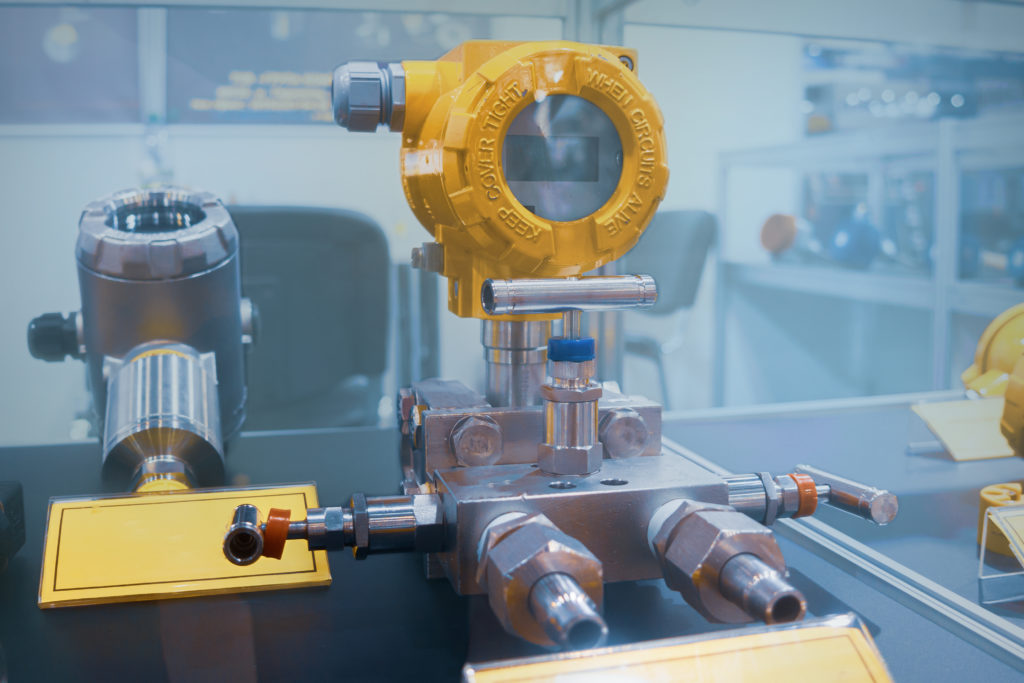Leak Testing Near Erie, Pa. | Types of Leak Testing
Many of the products PHB produces must adhere to some form of leak testing requirement. This requirement may either be to properly contain something (such as gas, oil, or pressurized air), or to keep something out (such as isolating electronics from liquids). The former can be seen when manufacturing an oil filter housing for a diesel engine, while the latter can be observed when manufacturing a handheld radio.
PHB utilizes four primary methods for leak testing our products, as well as some additional options that can be used to validate specific product requirements. Here, we will compare the different processes and uses of underwater bubble tests, pressure and vacuum decay, pressure and vacuum mass flow, and differential pressure decay.
Differential Pressure Tests
Differential pressure decay leak testing uses traditional pressure decay parameters, but tests for leaks by measuring a pressure change between a reference volume of air and the test part volume. Not unlike pressure decay leak testing, any change in pressure would indicate a leak. This method is quick, reliable, and sensitive enough to detect small leaks.
Differential mass flow leak testing is similar to mass flow testing but utilizes a reference volume of similar or exact design/volume of the part under test. This helps eliminate additional flow characteristics that are not associated with a leak like adiabatic conditions. This flow test method allows more stable test pressures of makeup air during testing and typically offers improved repeatability depending on the application.
Underwater Bubble Testing
Underwater bubble testing is the simplest and least expensive method of detecting and assessing product leaks. Bubble leak testing is specifically a way to test a part cavity for leaks. The test identifies leaks by submerging an air-charged part in a tank to see if a stream of air bubbles escapes from the part. Compressed air is commonly used for dunk testing and will test the part at various pressures. This method provides immediate indications of the existence and location of small leaks. Tests like this are commonly used for automotive, aerospace, electronics, medical, and consumer goods industries.
Pressure & Vacuum Decay Tests
Pressure decay leak testing is the most common method of leak testing used today. Its simplicity makes it easy to automate and to integrate into production and assembly processes. In simplest terms, the pressure decay test fills a part with air until it reaches its target pressure, cuts the air source to isolate the pressure, and measures the decay, or loss, of that pressure over a set period of time. Any loss in pressure, regardless of how small, would indicate a leak.
The sensitivity of the pressure decay method is a function of the test part’s size and the test time. Most tests can be performed rather quickly and with highly accurate results, but the larger the part, the longer the cycle time that is required to achieve an accurate test result. The vacuum decay test is similar, except we pull a vacuum on the part.
One benefit to these methods of leak testing is that it is sensitive enough to detect very small leaks and can provide quantitative results.
Pressure & Vacuum Mass Flow Testing
Mass flow tests are widely used for larger volume or highly elastic parts. This leak detection method measures and records the flow of makeup air required to compensate for air loss from a leak at a constant pressure over a fixed time period. One of the key advantages of pressure and vacuum mass flow testing is that it is relatively insensitive to changes in part volume and provides quantitative results. Mass flow methods can also be utilized to verify proper flow through critical passages of a part.
20 Meter Leak Test & Other Non-Destructive Leak Testing in Pa.
Regardless of the product or application, PHB excels at performing fast, economical, quantitative, and non-destructive leak testing. In addition to the methods detailed above, we also offer leak detection that is tailored to part-specific requirements, such as a 20 Meter leak test. This unique test pressurizes the outside of the part while drawing a vacuum on the inside to properly simulate the pressure experienced by the casting while underwater.
As unique as our leak testing capabilities are, it is our ability to produce thin-wall die castings that consistently meet these standards that is the real success. Contact PHB today to learn more about the best way to leak-test your product.
Could Your Project Benefit From Leak Testing?


